Countdown to a Festive Smile: How Long Do Gums Take to Heal After Extractions for Dentures?
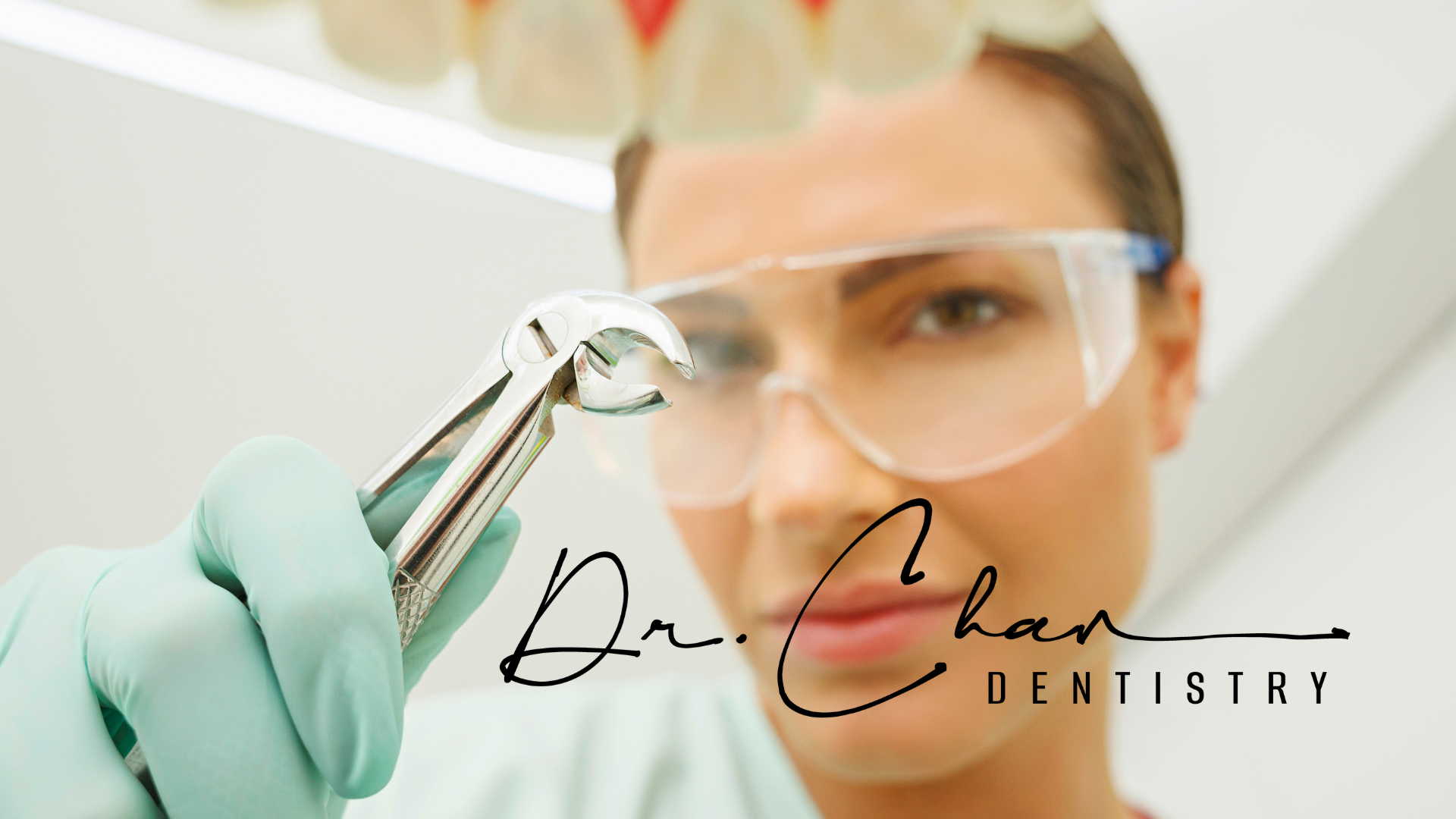
Understanding the Healing Process After Tooth Extractions
After tooth extraction, especially when preparing for dentures, the healing process can vary from person to person, but there are typical stages and factors to consider.
Key Stages of Gum Healing
- Blood Clot Formation: Right after the extraction, a blood clot forms in the socket to protect the bone and nerves.
- Tissue Regeneration: Over the next few days, the gum tissue starts to grow back, filling in the socket.
- Bone Healing: The bone underneath the gum will gradually heal over several weeks.
Factors Influencing Healing Time
- Age: Younger individuals often heal faster than older adults.
- Health Conditions: Conditions like diabetes can slow down healing.
- Smoking: Tobacco use can delay the healing process significantly.
Common Symptoms During Healing
- Swelling: It’s normal to experience some swelling in the area.
- Discomfort: Mild pain is common, but it should gradually decrease.
- Bleeding: Some bleeding may occur, but it should stop within a few hours.
Understanding these stages and factors can help you manage your recovery better. At Dr. Chan Dentistry, we emphasize the importance of following post-extraction care to ensure a smooth healing process.
How Long Does It Take for Gums to Heal After Extractions for Dentures?
Typical Healing Timeline
After tooth extractions, the healing process for your gums can vary. Generally, it takes about 1 to 2 weeks for the gums to heal enough for dentures to be fitted. However, complete healing may take several months. Here’s a simple timeline:
- First 24 hours: Blood clot forms to protect the extraction site.
- 1 week: Swelling and discomfort start to decrease.
- 2 to 3 weeks: Gums begin to close up and heal.
- 1 to 3 months: Full healing occurs, and the gum shape stabilizes.
Signs of Proper Healing
It’s important to know if your gums are healing correctly. Look for these signs:
- Decrease in pain and swelling.
- Formation of new gum tissue.
- No signs of infection, such as pus or increased redness.
When to Consult a Dentist
If you notice any unusual symptoms, it’s best to reach out to a dentist. You should consult a dentist if:
- Pain worsens instead of improving.
- You see excessive bleeding.
- There are signs of infection, like fever or swelling.
Remember, healing is a process; everyone heals at their own pace. Following the advice of professionals like Dr. Chan Dentistry can help ensure a smoother recovery.
Preparing for Tooth Extractions and Dentures
Pre-Extraction Considerations
Before getting your teeth extracted, there are things to think about so that you are well prepared:
- Talk to Dr. Chan Dentistry about your medical history.
- Make sure to ask any questions you have about the procedure.
- Arrange for someone to drive you home after the extraction.
Immediate Post-Extraction Care
After your teeth are taken out, follow these steps to help with healing:
- Bite down on gauze to stop bleeding.
- Use ice packs to reduce swelling.
- Rest and avoid strenuous activities for a few days.
Choosing the Right Dentures
Selecting the right dentures for comfort and function. Consider these points:
- Discuss options with Dr. Chan Dentistry to find the best fit for you.
- Make sure to try on different styles to see what feels best.
Preparing for tooth extractions and getting dentures can feel overwhelming, but with the proper guidance from Dr. Chan Dentistry, the process can be smoother.
Managing Pain and Discomfort During Gum Healing
Effective Pain Relief Methods
Managing pain after tooth extractions will provide for a smooth recovery. Here are some effective methods to help ease discomfort:
- Over-the-counter pain relievers: Medications like ibuprofen or acetaminophen can help reduce pain and inflammation. Make sure you seek your Dentist’s advice about what medications will help you.
- Cold compress: Applying a cold pack to the outside of your cheek can numb the area and lessen swelling.
- Rest: Taking time to relax and avoid strenuous activities can aid in your healing process.
Foods to Eat and Avoid
What you eat can impact your healing. Consider these tips:
- Soft foods: Opt for mashed potatoes, yogurt, and smoothies that are easy to chew.
- Avoid hard or crunchy foods: Steer clear of chips, nuts, and raw vegetables that can irritate your gums.
- Stay hydrated: Drink plenty of water, but avoid using straws, as the suction can disturb healing.
Maintaining Oral Hygiene
Keeping your mouth clean is essential for healing. Follow these steps:
- Gentle brushing: Brush your teeth carefully, avoiding the extraction site.
- Rinse with salt water: After 24 hours, rinse your mouth with warm salt water to help keep the area clean.
- Avoid mouthwash with alcohol: These can irritate your gums and slow down healing.
Remember, taking care of your gums after extractions is vital for a speedy recovery. If you experience pain or unusual symptoms, don’t hesitate to reach out to Dr. Chan Dentistry for guidance.
Potential Complications and How to Avoid Them
Recognizing Infection Signs
- Swelling: If your gums become more swollen after a few days, it could be a sign of infection.
- Fever: A high temperature may indicate that your body is fighting an infection.
- Pus or Discharge: Any unusual fluid coming from the extraction site should be checked by a dentist.
Preventing Dry Socket
- Avoid Straws: Using straws can create a suction that dislodges the blood clot.
- Don’t Smoke: Smoking can slow down healing and increase the risk of dry socket.
- Follow Care Instructions: Always stick to the aftercare guidelines provided by your dentist.
Ensuring Proper Denture Fit
- Regular Check-Ups: Visit Dr. Chan Dentistry for adjustments to ensure your dentures fit well.
- Watch for Discomfort: If your dentures feel uncomfortable, let your dentist know right away.
- Keep Gums Clean: Maintain good oral hygiene to prevent irritation and infection.
Taking care of your mouth after extractions is crucial. Following these tips can help ensure a smoother healing process and allow you to enjoy your new dentures sooner.
The Role of Dentures in the Healing Process
Immediate vs. Delayed Dentures
When it comes to getting dentures after tooth extractions, there are two main options: immediate and delayed dentures. Immediate dentures are placed right after the extractions, while delayed dentures are fitted after the gums have healed. Here are some points to consider:
- Immediate dentures can help maintain the shape of your face and allow you to eat and speak normally sooner.
- Delayed dentures may provide a better fit since they are made after the gums have fully healed.
- Choosing between the two depends on your specific needs and the advice of your dentist.
Adjusting to New Dentures
Getting used to new dentures can take time. Here are some tips to help you adjust:
- Practice speaking: Read aloud to get comfortable with how your dentures feel.
- Start with soft foods: Gradually introduce harder foods as you get used to chewing.
- Use denture adhesive: This can help keep your dentures in place and make you feel more secure.
Long-Term Oral Health with Dentures
Dentures play a role in maintaining your oral health after extractions. Here’s how:
- They help prevent your remaining teeth from shifting out of place.
- Dentures can improve your ability to chew and speak, enhancing your quality of life.
- Regular check-ups with Dr. Chan Dentistry ensure that your dentures fit well and your gums are healthy.
Remember, caring for your dentures and gums is essential for a healthy smile. Regular visits to your dentist can help you avoid complications and ensure your dentures serve you well.
Lifestyle Adjustments for Faster Gum Healing
Dietary Changes to Promote Healing
- Eat soft foods like yogurt, mashed potatoes, and smoothies to avoid irritating your gums.
- Include vitamin-rich foods such as fruits and vegetables to help your body heal faster.
- Stay hydrated by drinking plenty of water, which is essential for recovery.
Importance of Regular Dental Check-Ups
- Schedule follow-up visits with Dr. Chan Dentistry to monitor your healing progress.
- Regular check-ups can help catch potential issues early, ensuring a smoother recovery.
- Your dentist can provide personalized advice based on your healing stage.
Stress Management and Healing
- Practice relaxation techniques like deep breathing or meditation to reduce stress, which can slow down healing.
- Engage in light activities such as walking or gentle yoga to keep your body active without overdoing it.
- Get enough sleep; rest is crucial for your body to heal properly.
Taking care of your gums after extractions is essential for a successful recovery. These lifestyle adjustments can help speed up the healing process and ensure a better fit for your new dentures.
Final Thoughts
In summary, healing after gum extractions for dentures is a process that takes time and care. Generally, your gums can take a few weeks to a couple of months to fully recover. It’s important to follow your dentist’s advice and keep your mouth clean during this time. Remember, everyone heals at their own pace, so be patient with yourself. Soon enough, you’ll be able to enjoy your new smile and the festive moments that come with it!
Disclaimer
This blog is intended for informational purposes only and should not be considered medical advice. For personalized guidance, please consult a qualified dentist or healthcare provider.
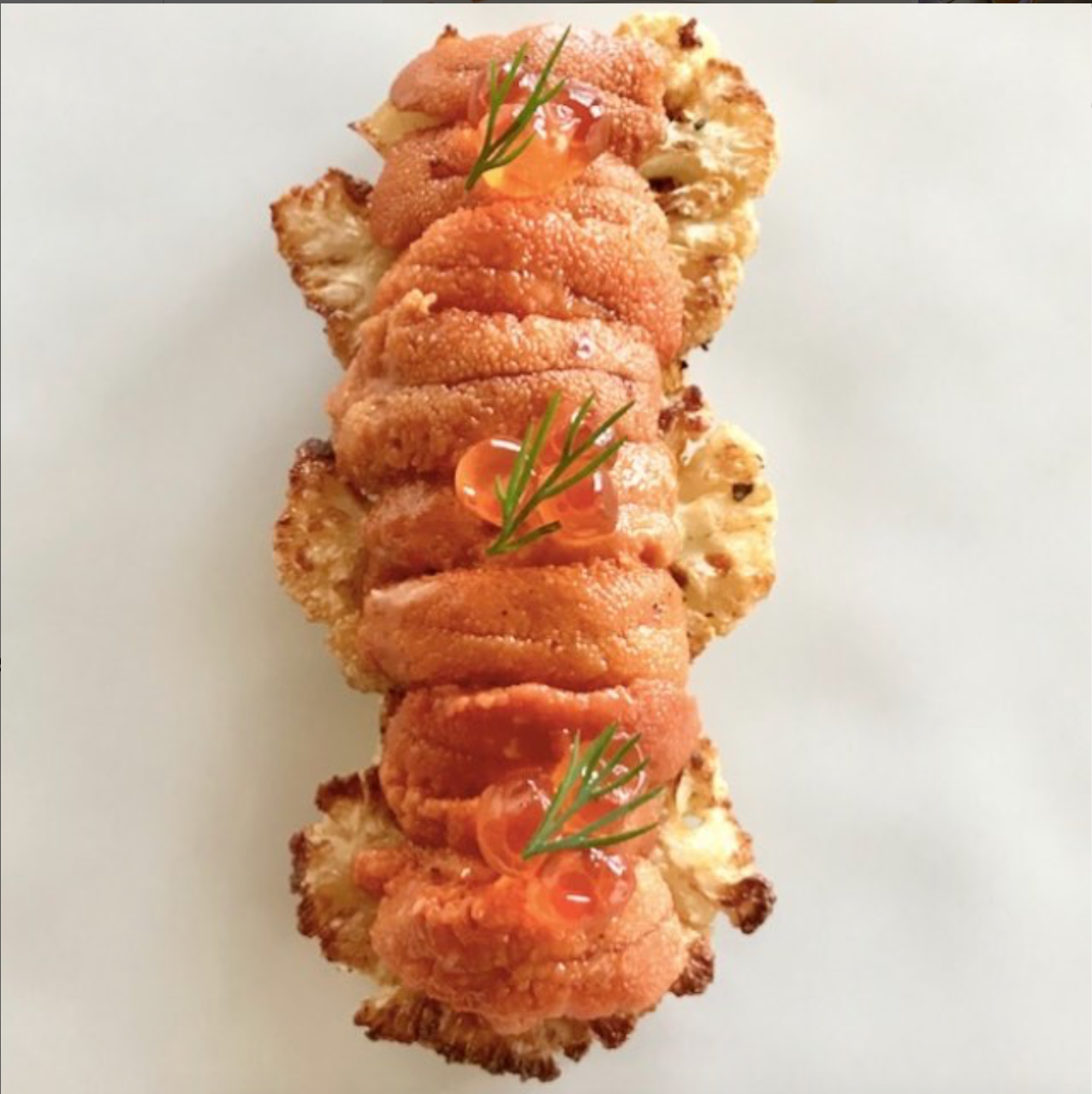
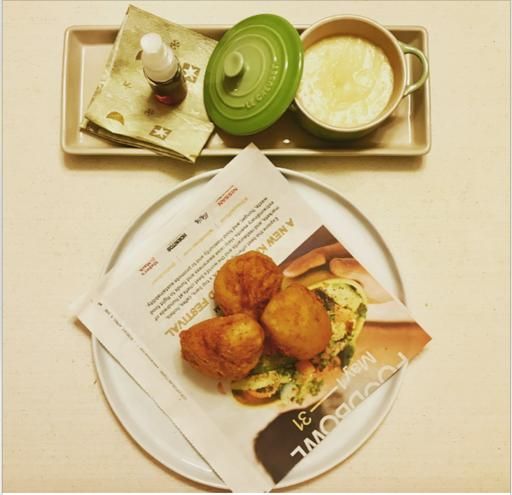
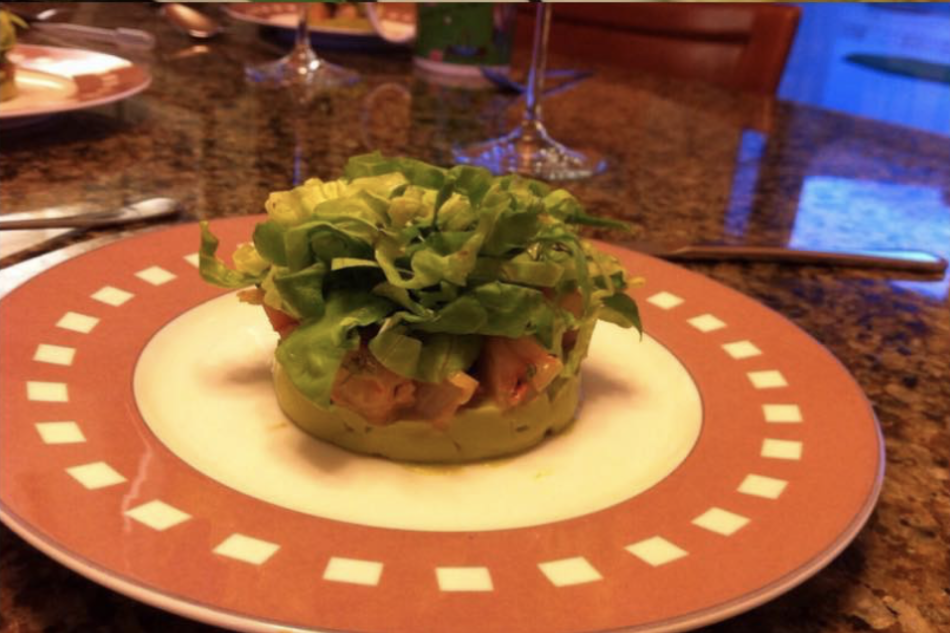
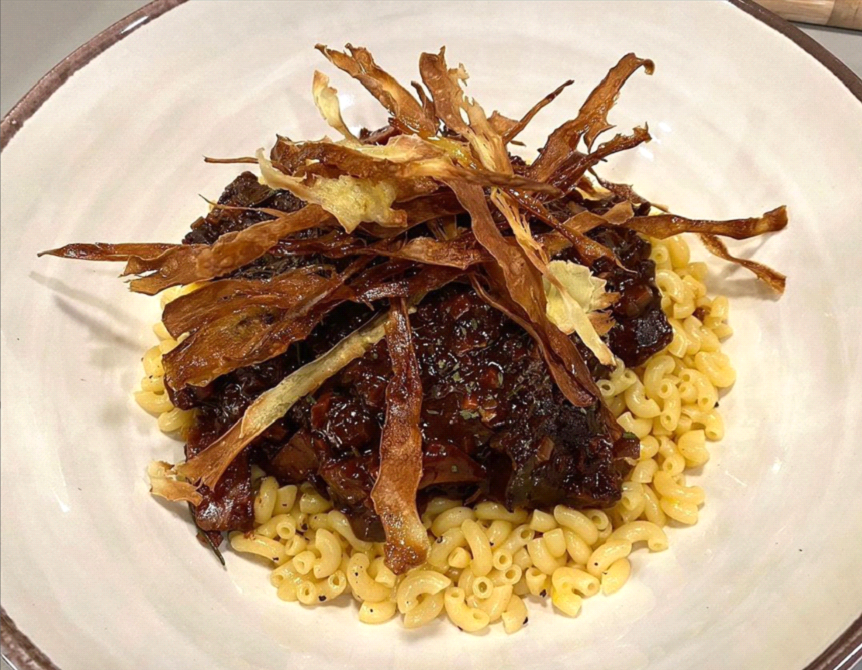
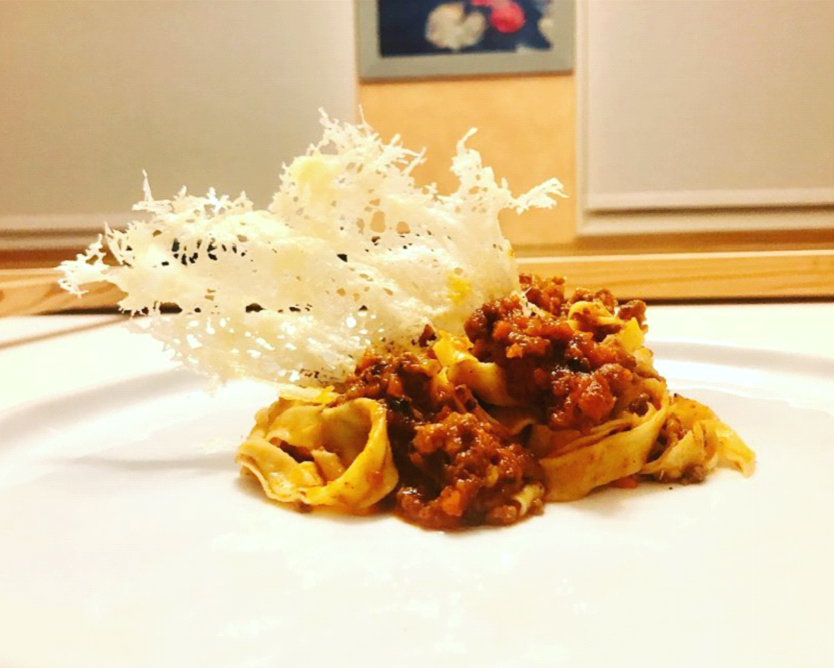
Hours & Address
MONDAY: CLOSED
TUESDAY: 8 AM - 5 PM
WEDNESDAY: 8 AM - 5 PM
THURSDAY: 8 AM - 5 PM
FRIDAY: 8 AM - 3 PM
Navigation Links
All Rights Reserved | DR. CHAN DENTISTRY | SITE MAP | PRIVACY POLICY | TERMS & CONDITIONS


